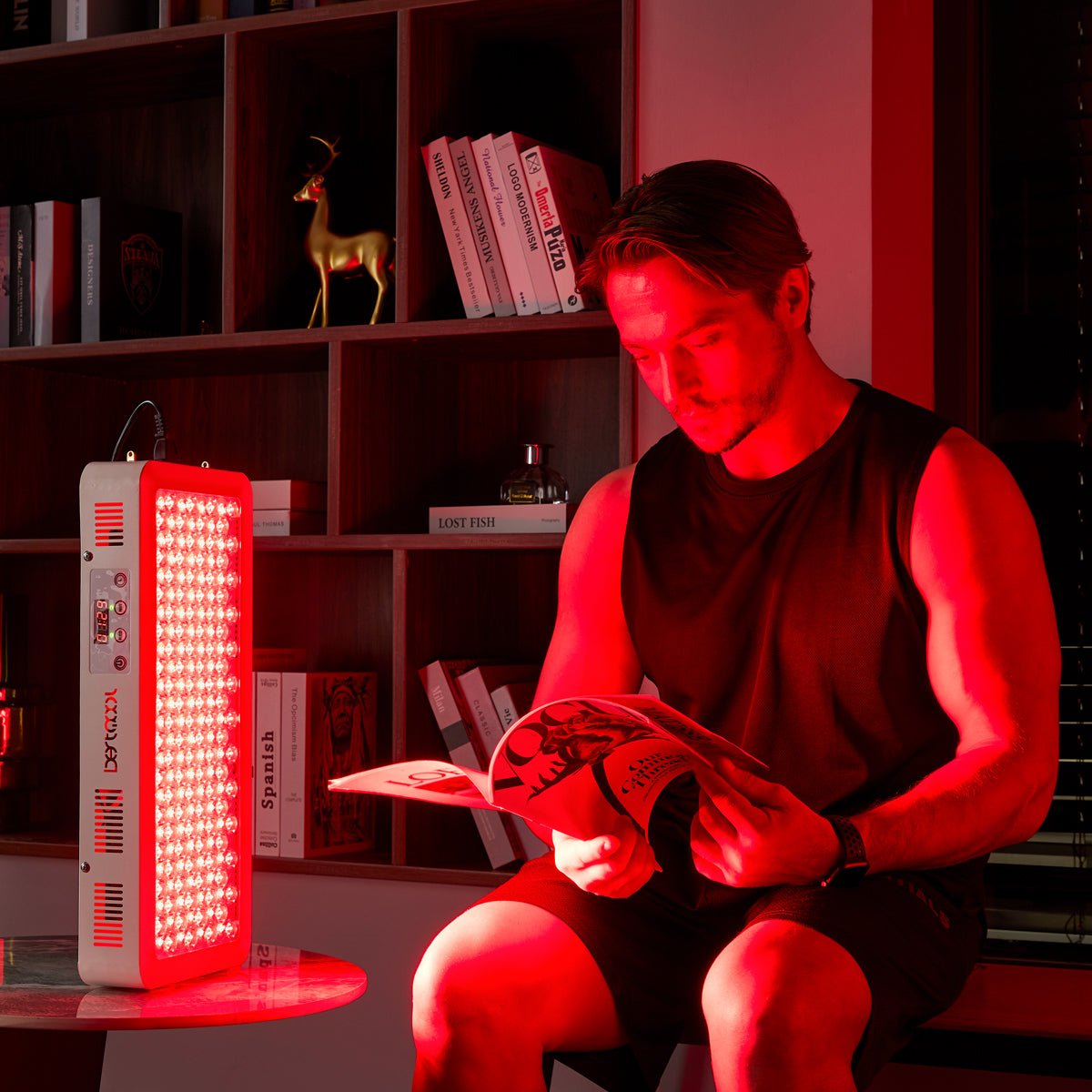Unlock the Secret: How Acne Treatment Lights Can Transform Your Skin!
Acne is more than just a skin condition; it can deeply affect self-esteem and social interactions for individuals of all ages. Millions suffer from this common ailment, often leading to frustration and a quest for effective treatments. Among the various solutions, acne treatment lights have gained significant traction in recent years. These innovative devices harness the power of specific wavelengths of light to target the root causes of acne. In this article, we will explore how these lights work, their effectiveness, and how they may fit into your skincare routine. With a growing body of anecdotal evidence and scientific research, we aim to illuminate the path towards clearer skin.

Understanding Acne and Its Causes
Acne can be attributed to a complex interplay of biological and environmental factors. At its core, hormonal changes, particularly during puberty, can increase oil production in the skin. This excess sebum, combined with dead skin cells, can clog pores and create an environment ripe for bacteria, specifically Propionibacterium acnes, to thrive. Stress, diet, and even certain medications can exacerbate these factors, leading to breakouts. With so many contributing elements, it becomes clear why finding effective treatment options is vital. Many individuals resort to topical creams, pills, or even professional treatments, yet the search for a solution that is both effective and gentle on the skin continues.
What Are Acne Treatment Lights?
Acne treatment lights are devices designed to emit specific wavelengths of light that can help treat acne. The two primary types are blue light and red light. Blue light targets acne-causing bacteria, effectively reducing their population on the skin surface. On the other hand, red light is known for its anti-inflammatory properties, promoting healing and reducing redness associated with breakouts. These lights are often used in dermatological clinics but have also become increasingly popular for at-home use. For instance, a friend of mine shared her experience with a handheld blue light device that she incorporated into her nightly skincare routine, which she believes has significantly improved her complexion over time.
How Do Acne Treatment Lights Work?
The effectiveness of acne treatment lights lies in the science of phototherapy. When blue light penetrates the skin, it targets and kills the acne-causing bacteria, thereby reducing inflammation and preventing future breakouts. Meanwhile, red light penetrates deeper, stimulating cellular repair and regeneration. This dual-action approach not only addresses active acne but also aids in the recovery of the skin post-breakout. Studies have shown that consistent use can lead to a noticeable decrease in the frequency and severity of acne flare-ups. It's worth noting, however, that individual results can vary based on skin type and the severity of acne.
Effectiveness and Benefits of Acne Treatment Lights
Clinical studies have demonstrated the effectiveness of acne treatment lights, with many participants reporting significant improvements in their skin condition after regular use. The benefits are not limited to reducing active acne; users also experience fewer scars and less redness over time. Unlike some topical treatments that can cause irritation or dryness, light therapy is generally well-tolerated, making it a suitable option for many individuals. However, it's essential to be aware of potential side effects, such as temporary redness or sensitivity. Consulting with a dermatologist before starting any new treatment is advisable to ensure it fits well with your overall skincare plan.
How to Incorporate Acne Treatment Lights into Your Routine
Incorporating acne treatment lights into your skincare routine can be straightforward. For best results, it is recommended to use the lights several times a week, with each session lasting between 10 to 20 minutes. Consistency is key; many users find that making it part of their nightly routine, perhaps after cleansing and before moisturizing, yields the best results. Additionally, combining light therapy with other treatments, such as gentle exfoliation or oil-free moisturizers, can enhance efficacy. My friend found that applying a soothing serum right after her light therapy sessions helped calm her skin and maximize the benefits.
Effective Strategies for Clearer Skin
In summary, acne treatment lights present a promising option for those struggling with acne. By understanding how these devices work and their potential benefits, individuals can make informed decisions about their skincare regimens. If you’re seeking a new strategy to combat acne, consider integrating light therapy as a part of your treatment plan. With patience and consistency, these innovative tools may very well transform your skin, offering you the clear, healthy complexion you desire.







